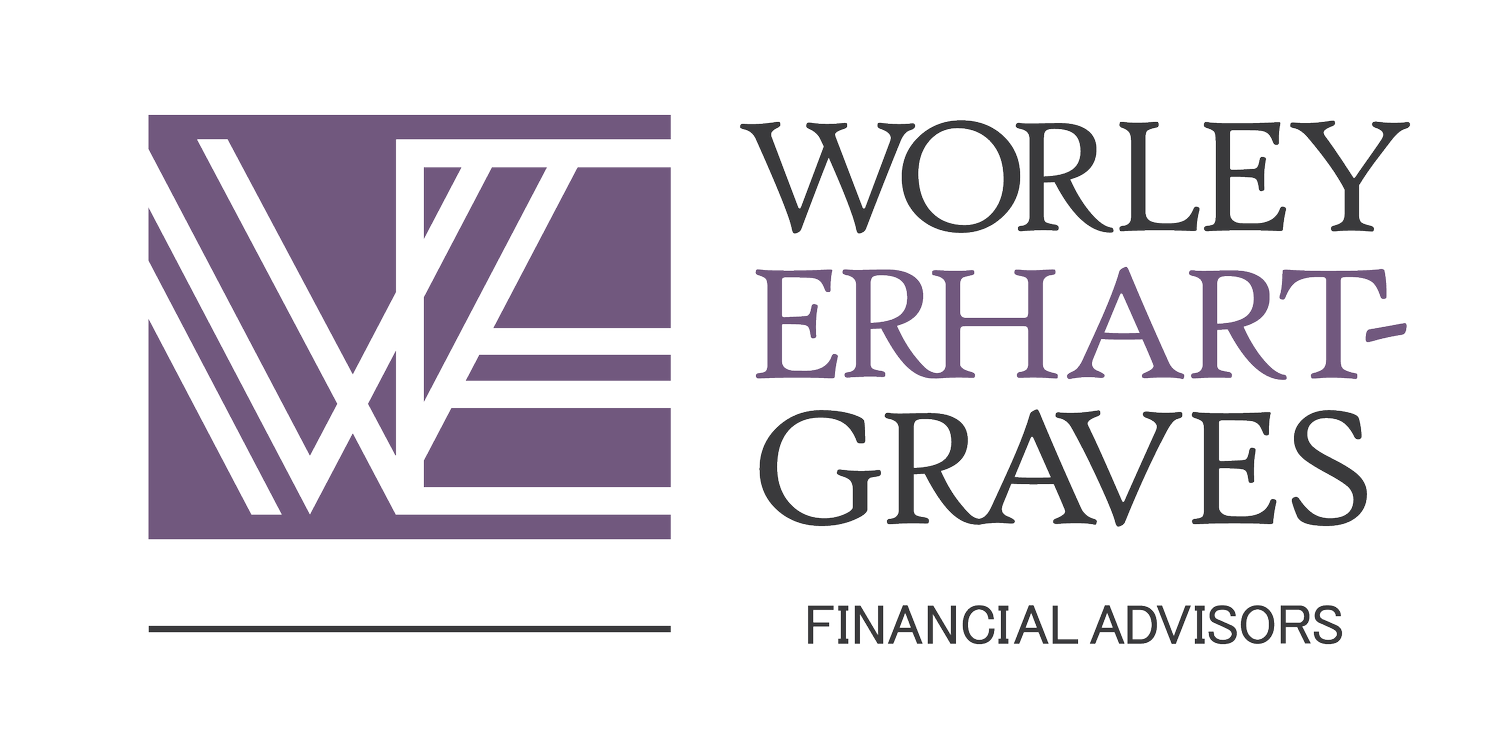Donor-Advised Funds
/As a financial planner and partner in a tax firm, I spend a lot of time planning financial futures and thinking through tax consequences. Occasionally, a donor-advised fund can make sense, so I thought it a worthy topic for this blog.
A donor-advised fund (DAF) is an account that can be established with cash or other types of assets for charitable giving. A DAF is a great tool when you want to make a charitable donation but are undecided on the charities you want to support, or when you have a complex asset to donate, such as a business ownership or private equity holding, that a charity may not be able to liquidate.
Another benefit of a DAF is the ability to make anonymous donations to a charity. Keep in mind, though, all contributions to a DAF are irrevocable.
When you establish the DAF account, you can name a successor to continue the charitable giving after your death, or you can name a charity or charities as beneficiaries to receive the account at your passing, or a combination of the two.
When you contribute to a DAF, you get an income tax deduction in the year of a donation, as you would if you had given the asset to any qualified charity. The difference is that you can continue to grow the donation while you dole out grants from the account over time.
If you already know what charities you want to make donations to each year and your donations are made from cash or other types of simple investments, like stocks, bonds and mutual funds, a DAF may not be for you. A DAF works best when you want to take a large charitable deduction in one year, perhaps for tax planning, but do not know what charities you want to support just yet.
Because charitable deductions, especially large ones, are a tax issue, anyone considering a DAF should meet with their tax preparer before making a decision. Depending on the assets used and your retirement positioning, including your financial planner in the conversation is a good idea as well.
- Juli Erhart-Graves, CFP®, Worley Erhart-Graves Financial Advisors






